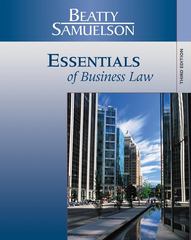is it possible to summarize in detail both of these sections and make two paragraphs out of them ?
Wage Drivers during the COVID-19 Shock and Recovery This section studies wage, price, and employment drivers in the context of the pandemic and subse- quent recovery. It first examines recent wage dynamics empirically through the lens of the wage Phillips curve, which relates wage growth to inflation expectations and labor market slack. The section then attempts to further unpack wage and price changes over the past two years, using a rich structural model to identify the complex mix of underlying supply and demand shocks driving wages and prices. An Empirical Decomposition of Recent Dynamics Using the Wage Phillips Curve Although the COVID-19 shock and recovery bear many unusual features, a recurring question is whether previous economic relationships can still explain recent dynamics. For wages, this means examining whether empirical estimates using the workhorse wage Phillips curve-relating wage growth to measures of inflation expectations, labor market slack, and productivity growth- do well at capturing the variation in wage developments. " The chapter first employs this framework to study the pre-COVID-19 wage-setting process. It then uses "The relevance of this finding hinges critically on the sample coverage. As in Figure 2,2, quarterly time coverage for the critical variables starts only in the 1980s or later for most economies. For robustness, the exercise was thus repeated using a narrower wage concept (hourly earnings for the manufacturing sector only) allowing for time coverage back to the early 1970s for more economies. This did not overturn the broad results shown in Figure 2.3, although a few additional extreme outcomes were identified. See Online Annex 2.3 for additional information. The specification used is based on Chapter 2 of the October 2017 World Economic Outlook, inspired by Galf's (2011) work micro-founding the wage Phillips curve as the outcome of a wage-setting process. The baseline specification using the unem- ployment rate and its change as measures of labor market slack permits wider coverage of advanced and emerging market economies in the sample. Given recent inflation dynamics, the relationship between wage growth and inflation expectations is a key focus of this chapter's study. Online Annex 2.4 includes details on the baseline specification







